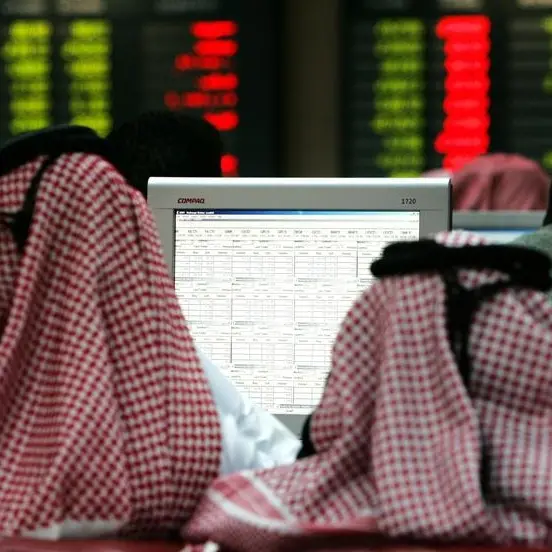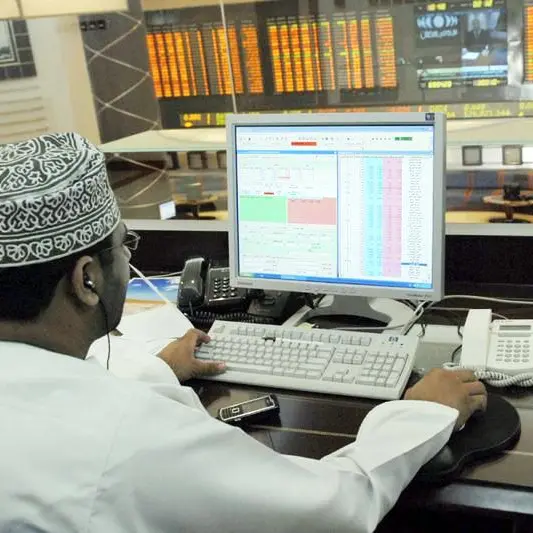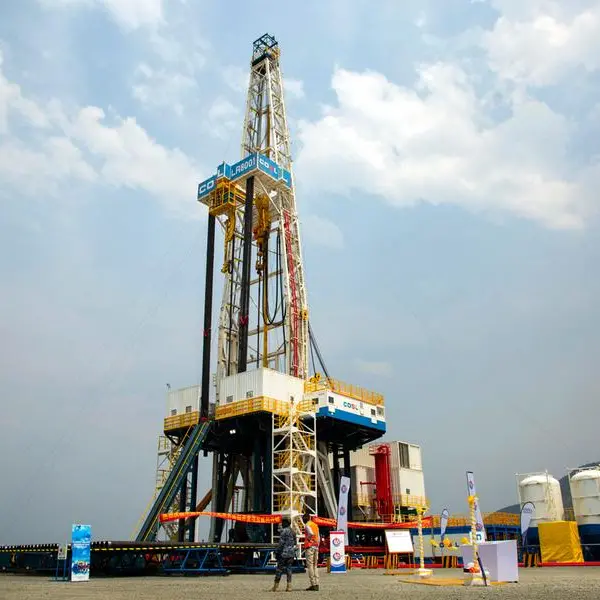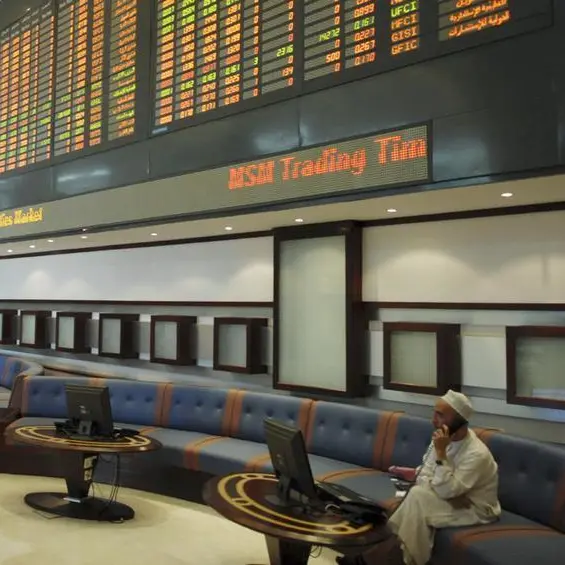PHOTO
GCC markets under performed their global peers and ended 2020 mixed, according to the GCC Markets Monthly Report by Kamco Invest.
Nearly all the markets remained in the red for most of the year due to the impact of Covid-19 and the decline in crude oil prices since March 2020.
Global crude prices lost more than a fifth of their value in 2020, as lockdowns to combat COVID-19 depressed economic activity and sent oil markets reeling. On the last trading day of 2020, Brent rose 17 cents to settle at $51.80 a barrel.
However, by year-end, two out of the seven exchanges in the GCC closed in the green led by gradual gains following the steep declines in Q1.
The aggregate MSCI GCC index reported a yearly decline for the first time in five years due to the twin shocks. On one hand, governments had to impose coronavirus-related restrictions that had a severe impact on the economic front; the IMF expects a 2.7 percent decline in GDP rates for the GCC region. On the other hand, the decline in demand for crude oil, the biggest revenue source for the GCC governments, resulted in prices hitting a three-decade low during the year.
Geopolitical issues also had its fair share of impact on the region’s market performance, but positive news towards the end of the year emerged, as efforts were made to mend the relationship with Qatar.
Volatility in the GCC equity market was the highest in four years with the markets moving more than 1 percent for 49 days during the year as compared to 37 days in 2019.
UAE
In terms of country performance, the UAE benchmarks ended the year mixed. The Abu Dhabi Securities Exchange (ADX) Index closed flat while Dubai Financial Market (DFM) General Index was the second worst performing index in the region for the year.
The DFM General Index registered a decline of 9.9 percent year-on-year. The index however recovered over 48 percent from the lows of 2020 and closed the year at 2491.97 points. Sectoral performance was mixed for the year.
The Insurance sector was the best performing index for the year on the DFM, gaining by 21.3 percent y-o-y for the year. Consumer Staples and Discretionary was the worst performing index for 2020, plunging by almost 45 percent y-o-y.
In terms of trading activity on DFM for 2020, volumes traded increased by 72.6 percent y-o-y to 65 billion shares. Total traded value of shares rose over 28 percent y-o-y to reach AED 65.1 billion.
The ADX index closed broadly flat in 2020, recovering from the Covid-19 related lows of March 2020, and ending the year down 0.6 percent y-o-y. The index closed at 5045.31 points, and sectoral performance was positive, barring Banks.
Banks were down 15.3 percent y-o-y, on higher provisions, impairment charges, and lower revenues due to the unprecedented operating environment. The Investment and Financial Services index more than doubled y-o-y, and was the best performing index for the year.
Trading activity on the exchange was higher y-o-y in 2020, with volumes traded rising over 46 percent to nearly 21 billion shares. Value traded moved up by nearly 30 percent y-o-y to hit AED 72 billion during the year.
Saudi Arabia
The Tadawul TASI index was the best performing market in the GCC and was one of only two markets that reported positive performance during the year. The benchmark reported gains for the fifth consecutive year. The performance came despite the steep fall in oil prices during the year as well as the impact from Covid-19-led lockdowns.
TASI closed the year at 8,689.53 points with a yearly gain of 3.6 percent. The gains came amid steep volatility that saw the index down almost 30 percent during mid-March, 2020 followed by a recovery of 47 percent for the remainder of the year. Trends in TASI largely replicated the trends in oil price, which declined to one of the lowest historical levels during the lockdowns. The year closed with a market capitalisation of 9.1 trillion Saudi riyals, a gain of 1.2 percent as compared to last year’s close of 9 trillion riyals.
Like most of the other GCC markets, the Commercial & Professional Services sector fell the most during the year--down 14.9 percent—underlining the impact of Covid-19 restrictions.
The Banking index showed the second-biggest yearly decline of 6.4 percent followed by Real Estate and Energy indices with declines of 3.6 percent and 1 percent, respectively.
On the gainers side, the Software & Services index topped yearly performance with a gain of almost 2x due to the increased opportunities for software companies during the lockdowns.
Trading activity on the exchange more than doubled during the year to reach 79 billion shares and while in terms of value, trades hit 2.1 trillion riyals compared to 33.3 billion shares and 880 billion riyals respectively in 2019.
Kuwait
After four consecutive years as one of the best performing markets in the GCC, Kuwait reported the biggest decline in the region during 2020.
The decline came after investor sentiments were hit by the decline in corporate profitability as a result of the coronavirus restrictions. In addition, the enthusiasm related to the MSCI EM upgrade was dampened when the upgrade was postponed.
The Premier Market index saw the biggest decline among the Kuwait benchmarks, with a fall of 13.3 percent.
The newly introduced Main 50 index recorded the smallest decline of 7 percent, closely followed by the Main Market index that declined by 7.3 percent resulting in a net impact of -11.7 percent on the Kuwait All Share Market Index.
Total market capitalization for the exchange reached 33 billion Kuwaiti dinars at the end of the year as compared to 36.3 billion dinars at the end of last year, a decline of 9.2 percent.
The Consumer Services index reported the biggest yearly decline of 23.7 percent. The Banking sector was the second biggest decliner in 2020 with a fall of 14.9 percent followed by Financial Services and Real Estate Indices with declines of 14 and 10 percent respectively.
Total value traded was up 35.5 percent to reach 10.8 billion dinars in 2020 as compared to 7.9 billion dinars during the previous year. Volume traded was also up by 33.4 percent to reach over 52 billion shares.
Qatar
The Qatar QE-20 Index ended 2020 broadly range bound at 10,435.96 points, with marginal gains for the year. The index gained by 3.2 percent y-o-y compared to 2019, as sectoral indices closed the year mostly positive.
The Transportation Index was the best performing, gaining 29 percent y-o-y. The Real Estate index followed with gains of 23.2 percent y-o-y.
Trading activity jumped during 2020 as value traded increased by 56.2 percent y-o-y, to reach 105.8 billion Qatari riyals as compared to 67.7 billion riyals during 2019. Volumes traded soared to reach 55.2 billion shares in 2020, as against 11.4 billion shares in the year prior.
Bahrain
After closing 2019 as one of the best performing markets in the GCC, the Bahrain Bourse declined by 7.5 percent in 2020 and closed at 1489.78 points.
Sectoral performance was mixed. The Investment sector, Hotels & Tourism and Commercial Banks were the sectors that declined for the year.
Services sector, +26 percent, and Industrials, +22 percent, were the best performing indices on the exchange.
Trading activity was mixed, as volumes improved marginally y-o-y to reach 1163 million shares in 2020. Value traded declined by 28 percent y-o-y to 205.9 million Bahraini dinars.
Oman
The MSM 30 Index fell for the fourth consecutive year despite seeing marginal recovery towards the end of the year.
The sectoral index performance was mixed during the year. The Services index once again fell the most, down over 16 percent during the year, followed by the Industrial index with a decline of 11 percent. These declines were partially offset by 2.1 percent gains for the Financial index.
Total equity market capitalization for the exchange stood at 6.43 billion Omani rials at the end of 2020 as compared to 6.6 billion rials in 2019, registering a decline of 2.4 percent.
Trading activity continued to decline for the fourth consecutive year. Total value traded during the year declined by nearly 40 percent to reach 400.7 million rials in 2020 compared to 662 million rials in 2019. Volume traded also declined during the year to reach 2.3 billion shares as compared to 3.9 billion shares during 2019.
(Reporting by Brinda Darasha; editing by Daniel Luiz)
Disclaimer: This article is provided for informational purposes only. The content does not provide tax, legal or investment advice or opinion regarding the suitability, value or profitability of any particular security, portfolio or investment strategy. Read our full disclaimer policy here.
© ZAWYA 2021






















